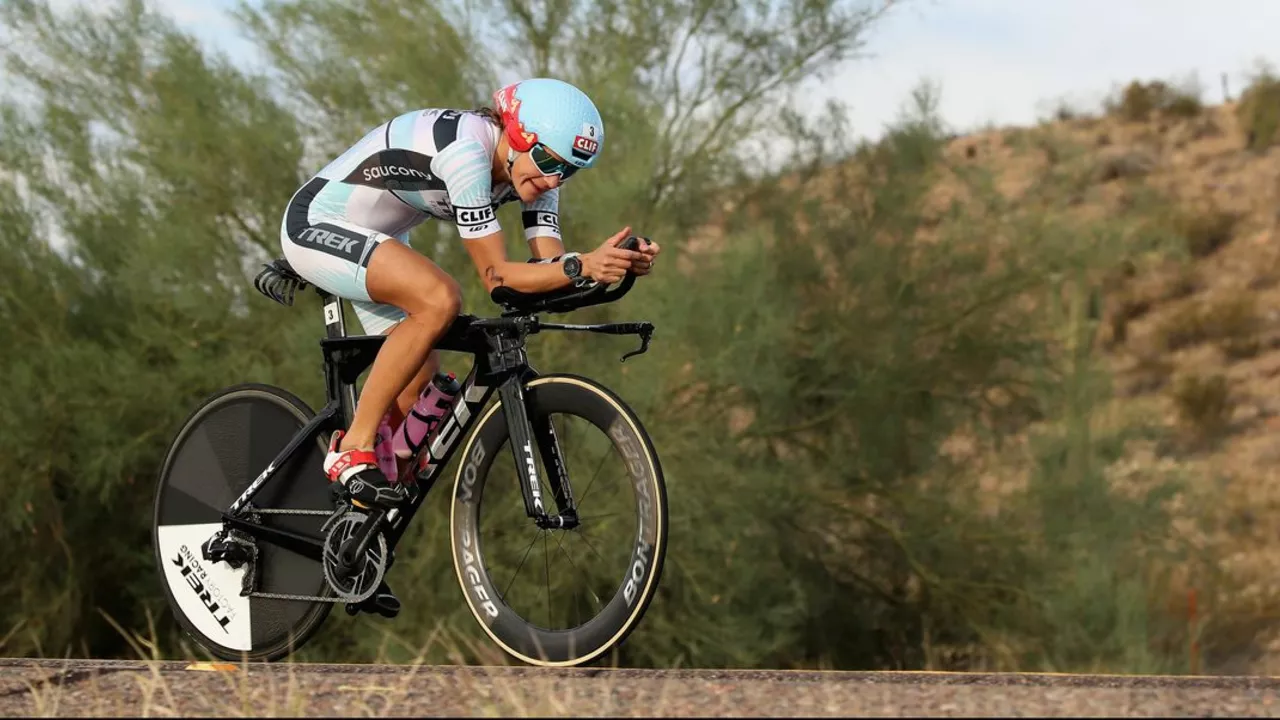Speed in Cycling
When talking about speed, the rate at which a cyclist covers distance, usually measured in kilometres per hour. Also known as velocity, speed drives every race, ride, and training session. It speed determines who wins a sprint, who survives a mountain climb, and how quickly you finish a commute.
Key factors that shape speed
One of the biggest levers is power output, the amount of force you generate on the pedals, measured in watts. The more watts you can sustain, the faster you can maintain a higher speed on flat or rolling terrain. Power output is tied to fitness level, training volume, and even bike fit – a stiff sole transfers more of your effort to the crank, boosting watts without extra fatigue.
Another critical piece is aerodynamics, how air flows around the rider and bike, affecting drag forces. Reducing drag lets you keep the same power but slice the wind resistance, effectively raising speed. That’s why time‑trial helmets, tucked‑in body positions, and deep‑section wheels are staples for anyone chasing higher numbers.
Finally, training, structured workouts that improve both cardiovascular capacity and muscular strength builds the engine that powers speed. Intervals, threshold rides, and hill repeats each target a different part of the power‑speed curve, helping you climb faster, sprint harder, or hold a steady high speed on long rides.
These three entities connect in clear ways: speed requires power output, power output is enhanced by training, and aerodynamics influences how that power translates into actual speed. When you line them up, you see a recipe for faster rides.
Equipment choices also matter. Stiff cycling shoes improve the power‑to‑pedal transfer, while a well‑adjusted bike fit keeps you comfortable enough to push hard without pain. Even tire pressure, wheel depth, and frame geometry shift the balance between power and drag, nudging your speed upward.
Race formats highlight speed in different scenarios. In a time trial, riders chase pure speed against the clock, relying heavily on aerodynamics and steady power. In a sprint finish, short bursts of very high power decide who crosses first. Mountain stages test how quickly you can climb, where power‑to‑weight ratio overrides pure aerodynamics.
Below you’ll find articles that unpack each of these angles – from how shoe stiffness affects power, to why time trials need a speed boost, to practical training plans that raise your watts. Dive in to get the details that will help you ride faster tomorrow.

Is it possible to go 26 miles in 45 minutes cycling?
In my latest blog post, I explored the possibility of cycling 26 miles in just 45 minutes. It's a challenging feat, considering it requires maintaining an average speed of around 35 mph, which is quite fast for a cyclist. Professional cyclists usually average between 25-28 mph during races, making this task even more daunting. So, while it's theoretically possible, it's extremely difficult and likely beyond the reach of most cyclists, including myself. However, it's always good to aim high and push our limits!